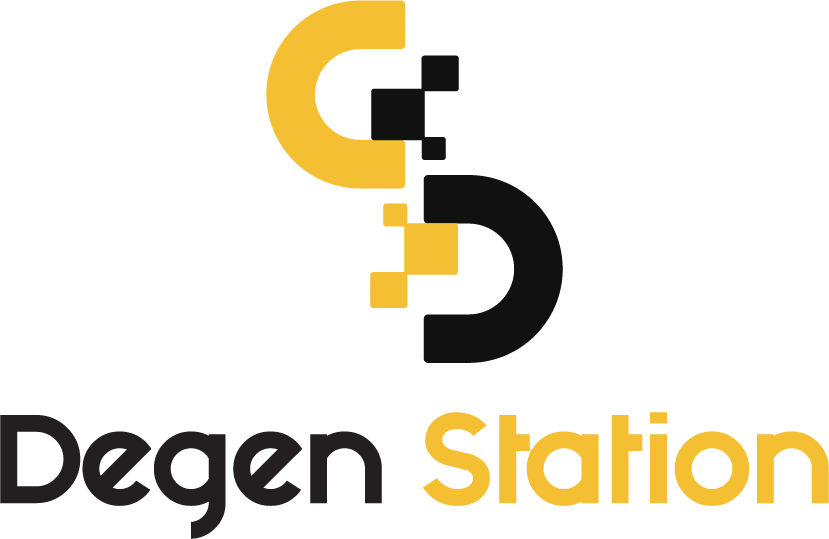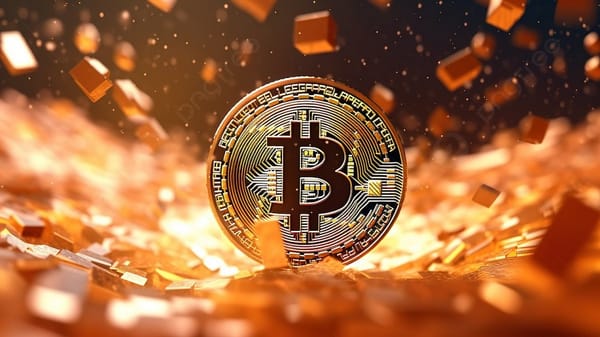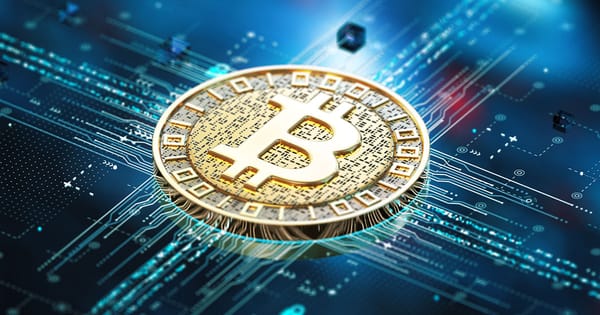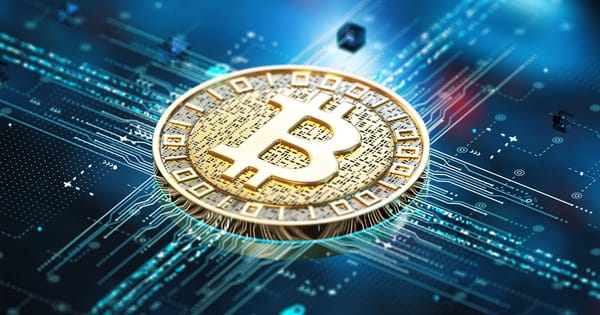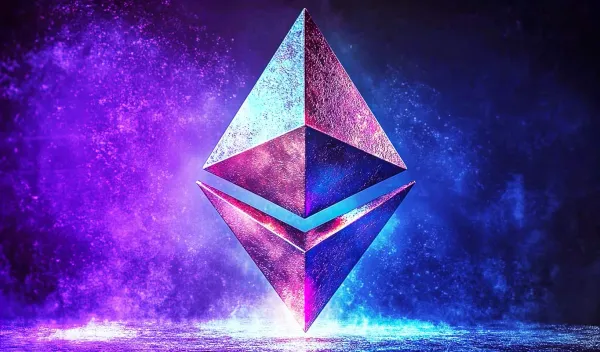Will Update 1.18 Address the Bot Spam Issue on Solana?
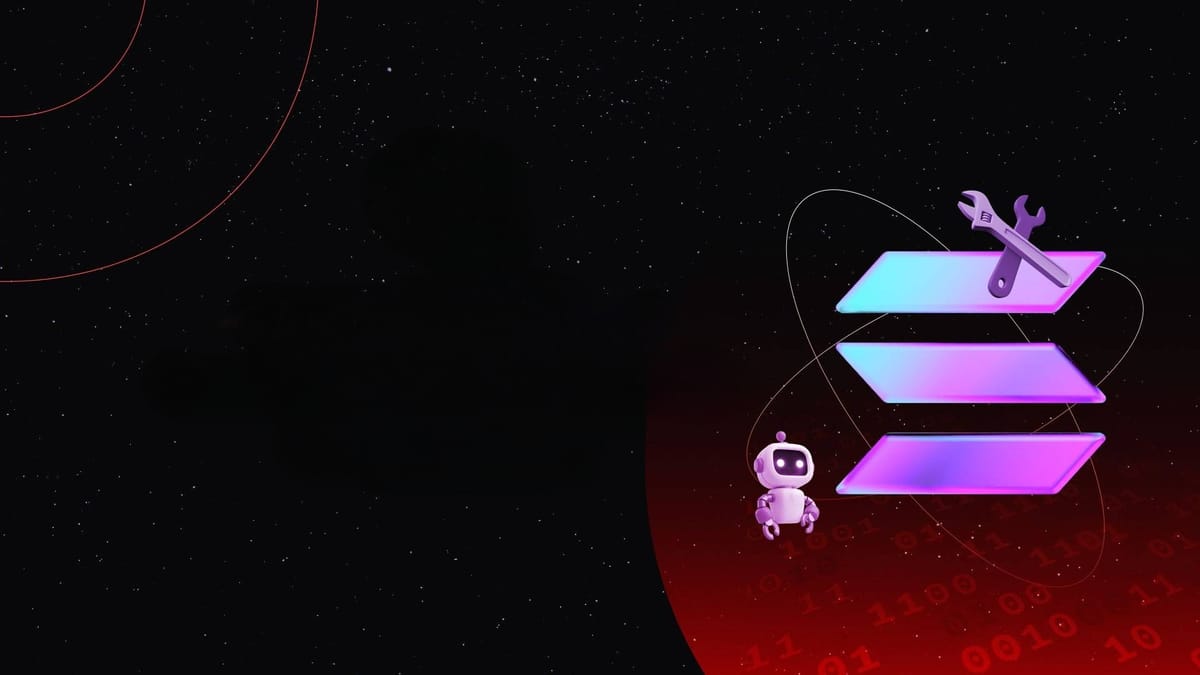
In the past week, Solana has continuously been the target of attacks and jokes from "other networks." However, what exactly is causing the unsuccessful transaction processing on Solana? Does this mean the network is "frozen"? Will the upcoming patches address this issue thoroughly? Let's find out the answers in the article below!

Understanding Solana's Network Operation
Solana's transaction processing differs from popular networks within the Ethereum Virtual Machine (EVM) ecosystem. Solana does not have a Mempool where transactions are dropped and selected by nodes for processing. Instead, transactions are sent directly to Validators (specifically, the Leader Validator chosen randomly) of that block.
The process of sending transactions goes through a processing layer called the Networking Layer, which uses a protocol known as QUIC. Briefly, QUIC is a synthesis of two common communication protocols, TCP and UDP, balancing their strengths and weaknesses.

- Transmission Control Protocol (TCP): Ensures stable data transmission but is slower and hard to reinitialize when connection is lost.
- User Datagram Protocol (UDP): Faster but does not guarantee data safety during transmission.
Where Does the Problem Lie?
First, it's crucial to clarify where the problem does not lie. The communication and consensus between Validators are not the issue, as this process occurs after the Networking Layer mentioned above. These were the causes of previous Solana halts.
This current issue is due to a combination of two main reasons:
- QUIC Load Balancing Mechanism: When transaction requests surge, QUIC randomly selects transactions for processing, causing unselected transactions to fail (and still incur fees).
- Transaction Fee Mechanism: Due to the significant profit potential from arbitrage transactions, trading bots are willing to spam requests to increase their chances of being selected (since the fee cost is negligible compared to potential profits).
Update 1.18
According to developer Mert, update 1.18 will address these issues and is expected to be deployed on April 15.
there will be a fair chunk of patches coming in Solana 1.18
— mert | helius | hSOL (@0xMert_) April 7, 2024
Everyone is asking for ETA:
This is scheduled for April 15th
(there might be fixes that land before that but 15th is a bit safer to aim for)
What might update 1.18 include?
Based on testnet plans (which may change over time), Solana will add an "Async Lock" function to the QUIC connection stream. The Async Lock function helps manage asymmetric request streams, reducing transaction failure rates.

Another important detail is that this change may prepare necessary structures for optimizing the "Priority Fee" mechanism. This could be a temporary solution for genuine users (not spamming bots) to pay priority fees for network access. However, implementing Priority Fees might lead Solana down the same path as traditional networks, causing transaction fees to spike.
Will the Network Return to Normal Soon?
For users, the issue might be partially resolved. However, developers may still face challenges resuming normal activities.
Solana devs
— mert | helius | hSOL (@0xMert_) April 1, 2024
sadly, 1.18 will not fix your problems
we (@heliuslabs) are around 24/7 to answer any questions
Some opinions suggest that QUIC is not suitable for blockchain operations. Nevertheless, more comprehensive updates like Firedancer (expected to launch at the end of 2024) might address the issue.
Thus, the milestone for Solana to deploy version 1.18 is April 15. The issue might be partially addressed. However, to thoroughly resolve the balance between low transaction fees and bot spam, Solana might need to wait longer until the end of 2024. Or, the network may need to combine with a new fee mechanism to prevent future spam activities from trading bots.
